Urban expansion makes Bac Giang city deserve regional socio-economic hub
BAC GIANG - The integration of Yen Dung district into Bac Giang city aligns with historical, cultural conditions, and development trends, contributing to creating new growth spaces and dynamics that enable the city to develop in line with its role as the political, cultural, and economic center of Bac Giang province.
Bac Giang city boasts rich historical and cultural traditions. In recent years, the city's Party Committee, authorities, and residents have made significant efforts, achieving important results across various fields.
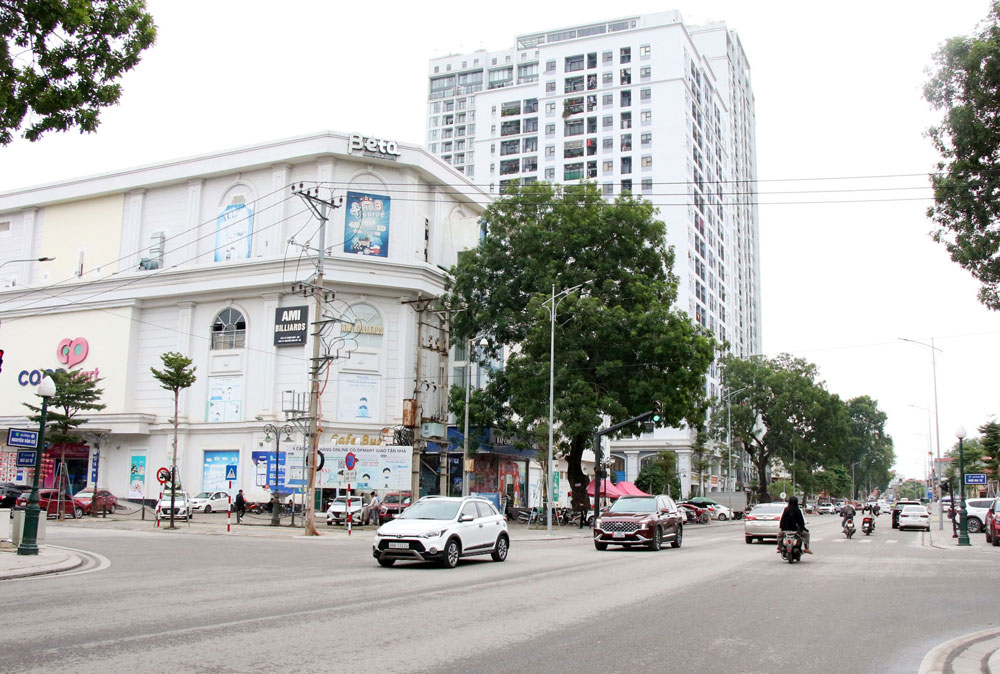 |
|
Modern, well-invested infrastructure in Bac Giang city. |
This has laid a solid foundation for its rapid and comprehensive development, particularly in urban appearance. In 2014, the city was recognised as a second-tier urban area. On November 11, 2021, the Prime Minister recognised it for fulfilling rural development goals for 2020.
Recent years have seen a global and national trend towards urban expansion to gather resources and tap development advantages. Hence, merging Yen Dung district into Bac Giang city and establishing new wards within the city align with central and provincial policies.
Recently, the Prime Minister decided to recognise Bac Giang city, including the administrative boundaries of the current city and Yen Dung district, as meeting the criteria for a second-tier urban area.
The expanded city covers a total area of 258.30 sq.km and consists of 34 administrative units at the commune level, including 16 current administrative units of Bac Giang city and eight from Yen Dung district.
On July 31, the Ministry of Construction issued a decision recognising 13 proposed wards within Bac Giang city as meeting the standards for urban infrastructure development.
The master plan for Bac Giang city by 2025, approved by the Prime Minister, outlines the goal of transforming Bac Giang city (including current Bac Giang city and Yen Dung district) into a central urban hub and a key gateway in the northeastern region of the Hanoi Capital Region.
It is set to become a major development center of the southwestern economic region of the province, with key growth drivers being industry, services, urban development, high-tech agriculture, and tourism.
The urban structure model is divided into three main centers: the core area of the existing Bac Giang city, Tan An town, and Nham Bien town.
The urban space will develop under a multi-center model connected by three ring roads. The urban centers are developed based on natural features, with Nham Bien Mountain and Thuong River as the "heart" of the layout.
According to the master plan, Bac Giang city is divided into nine urban zones. Each zone has specific development directions and criteria, linked by public transportation systems.
For example, the central urban and commercial service zone, covering over 1,900 hectares across four communes (Dong Son and Song Khe in current Bac Giang city; Noi Hoang and Tien Phong in Yen Dung district), will focus on multifunctional service urban areas, including industrial service urban areas.
This zone aims to diversify housing types with comprehensive social infrastructure services and become a logistics center in the Southwest of Bac Giang city, connected to the Dong Son River Port and the Hanoi-Lang Son Expressway, facilitating goods transport to China through the Huu Nghi border gate in Lang Son province.
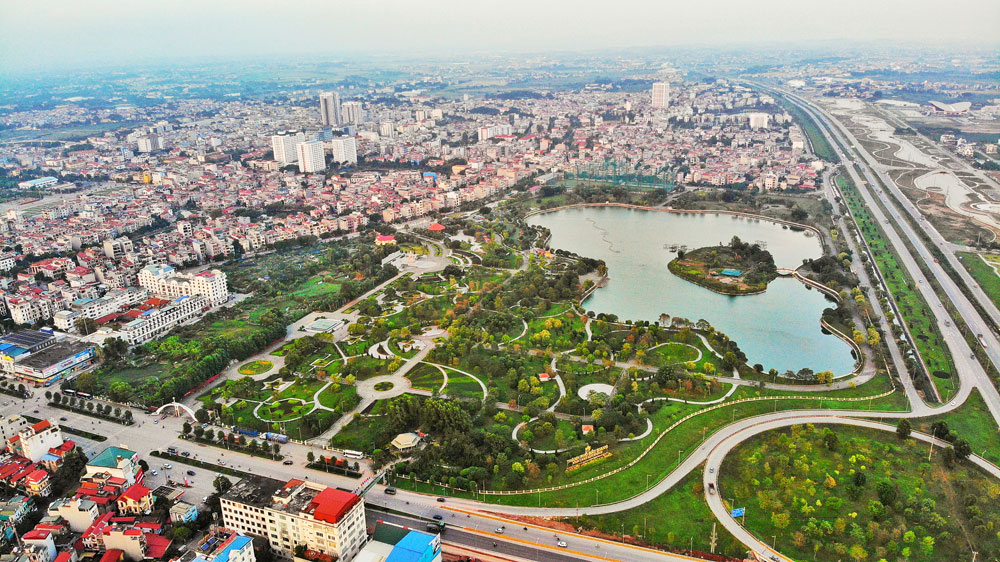 |
|
A view of Bac Giang city today. |
Vu Tri Hai, member of the provincial Party Committee’s Standing Board, Secretary of the city Party Committee, and Chairman of the city People's Council, stated that to maximise resource efficiency, Bac Giang city will continue to focus on effective planning (concretising the approved master plan, sub-area plans, and detailed plans). This includes clearly defining each zone for specific sectors to ensure long-term and sustainable development.
“We will also digitise land use, environmental, and IT infrastructure planning schemes, step up and attract investments, particularly in transportation infrastructure, urban development, and other social infrastructure to boost economic and social development," he said.
In the short term, from now until 2025, Bac Giang city will continue to develop essential functional and driving areas, such as the central urban area, new urban areas, service infrastructure related to the central urban area, and integrated industrial-service-urban areas. Investments will be sought for constructing an international wholesale market, a general service and logistics area, and an inland waterway port, he noted.
Khoi Nguyen
 Bắc giang
Bắc giang
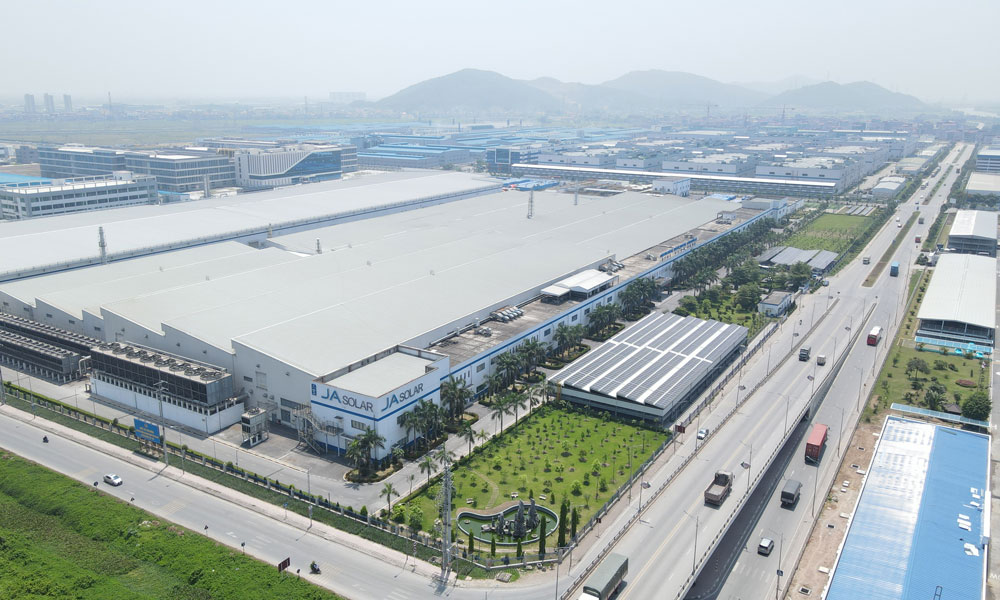


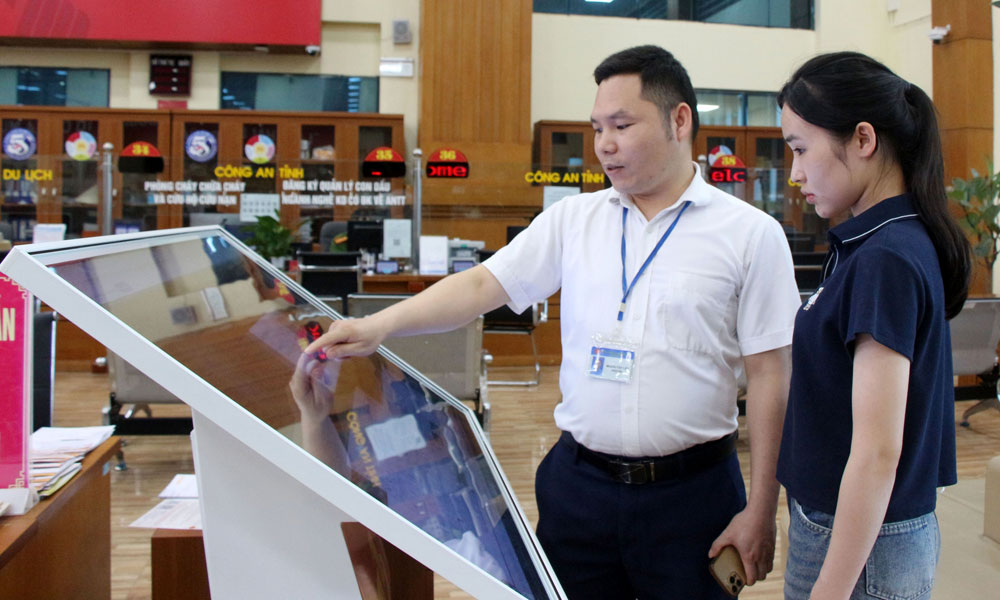






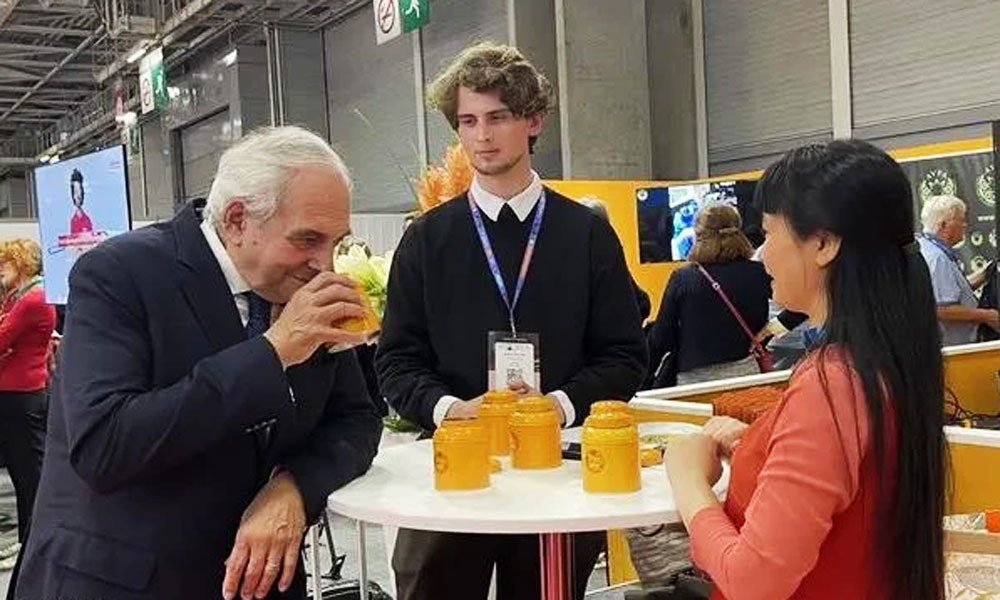
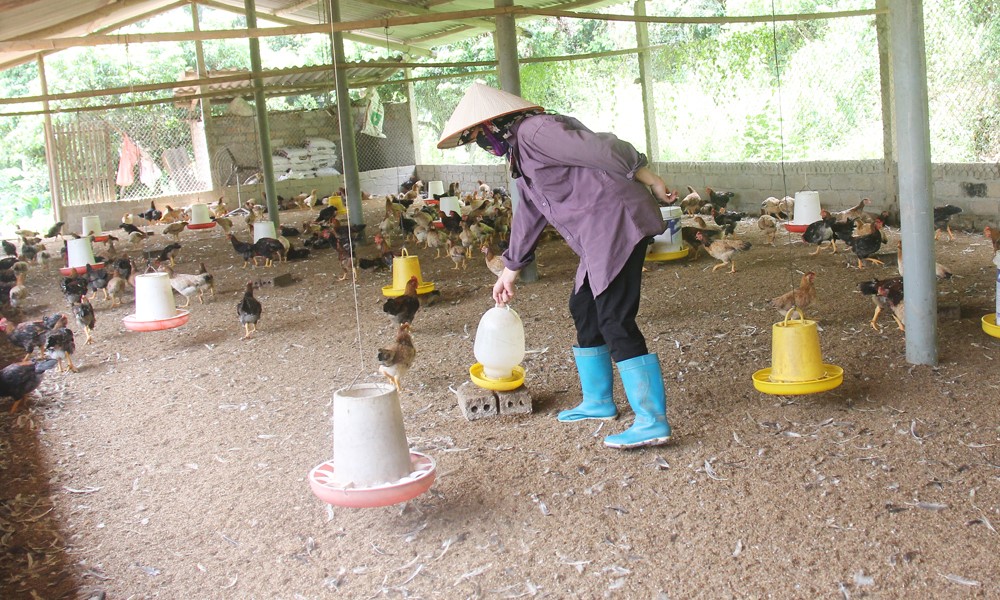
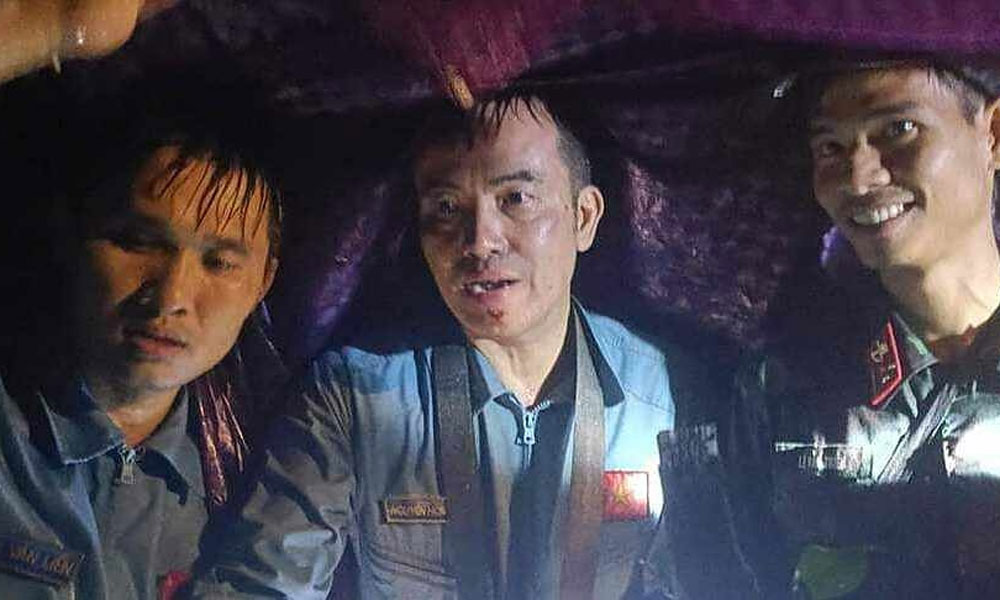


Reader's comments (0)